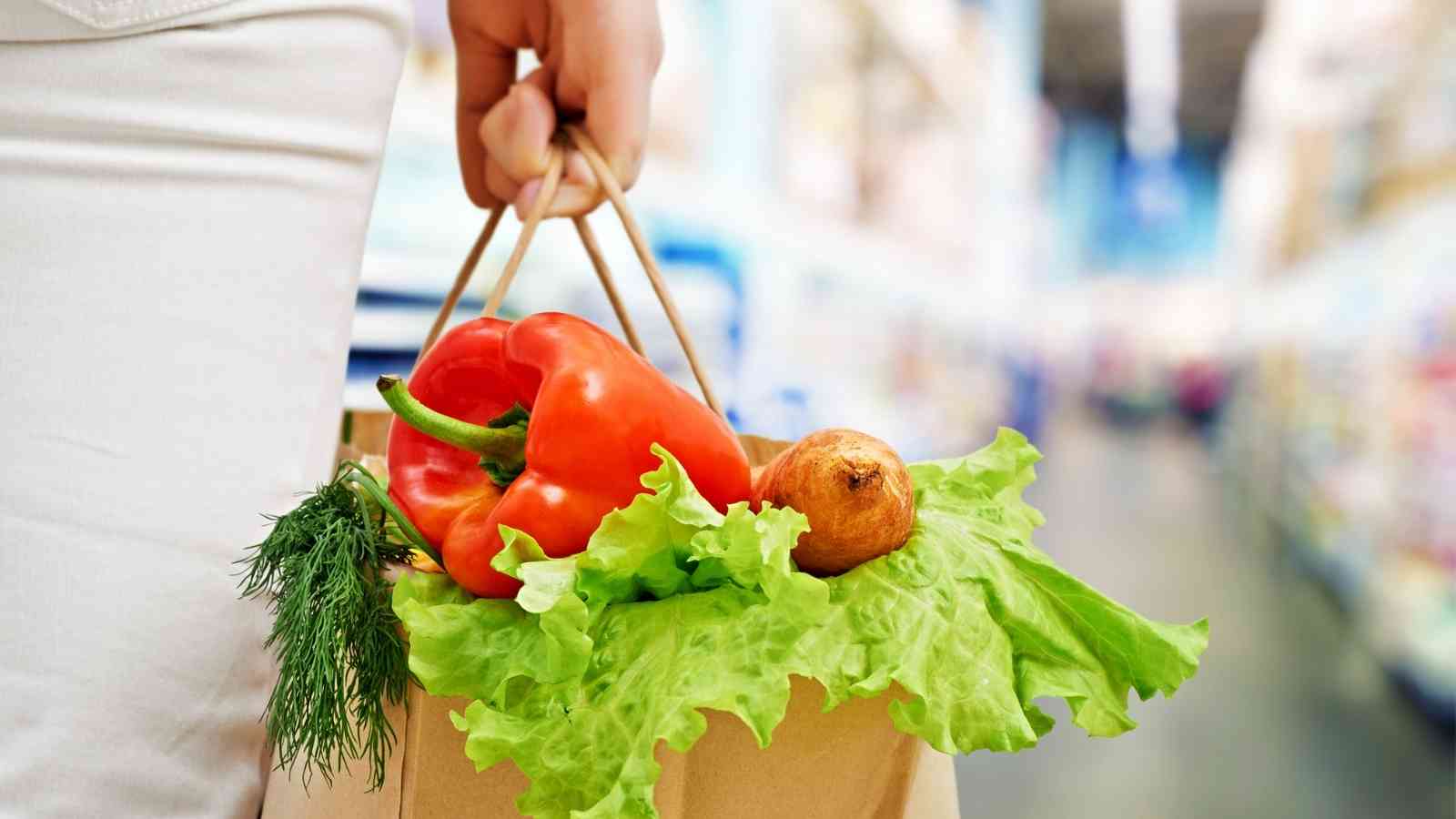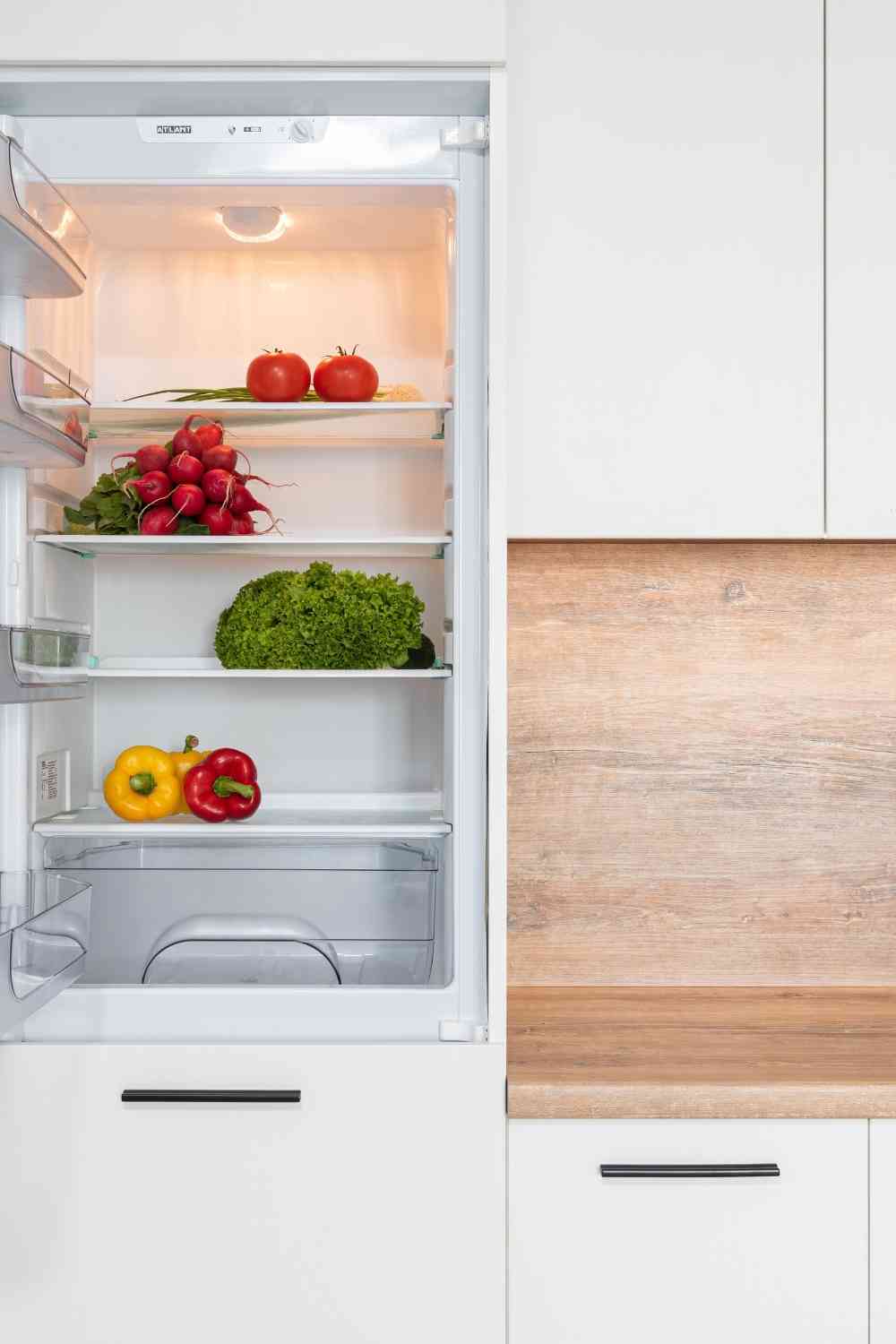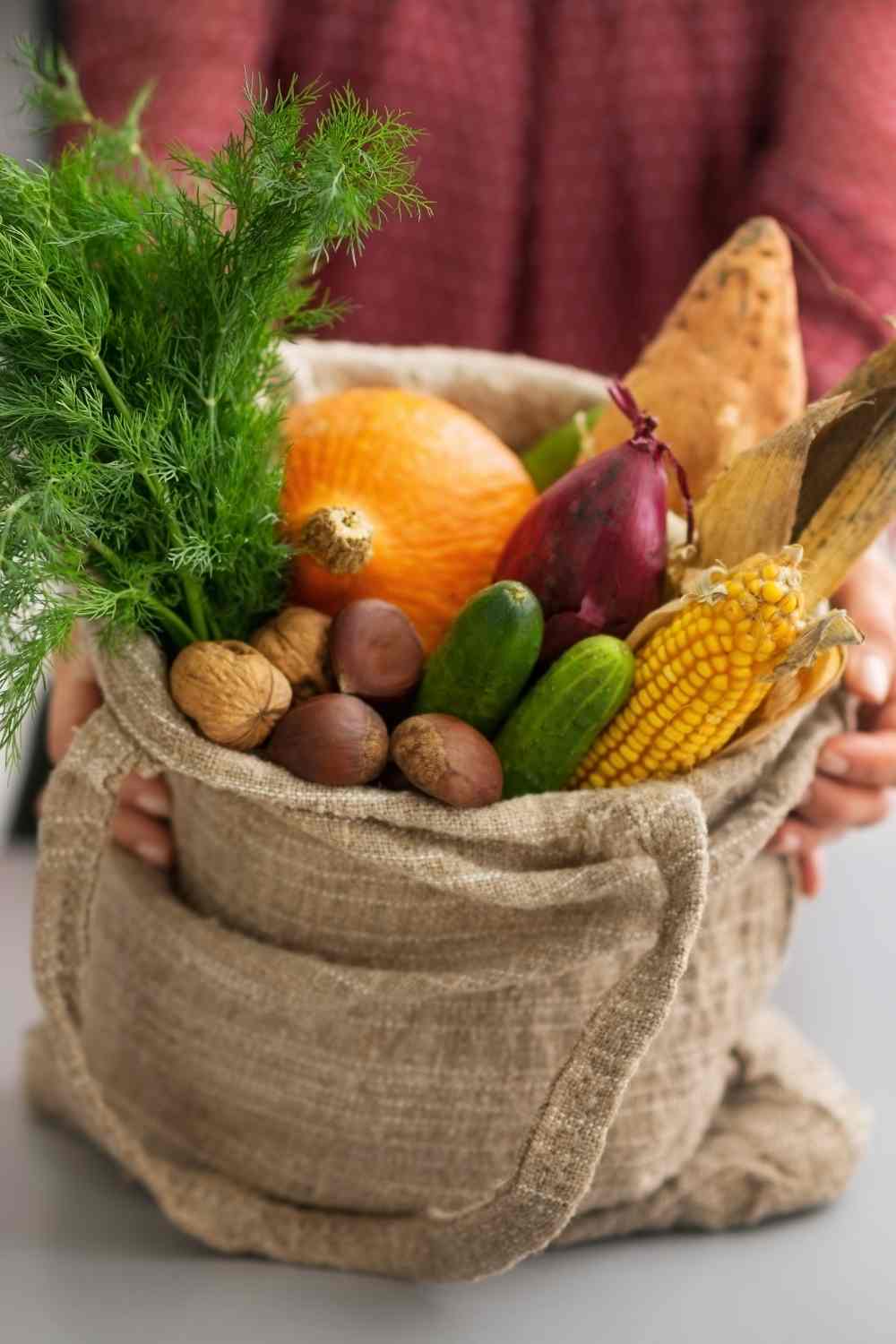If you're like most people, you generally buy vegetables for several days at a time, which means you have to worry about keeping your fresh veggies fresh for as long as possible.
And since no two veggies are identical, there is no one-size-fits-all solution for storing them all. Root veggies like potatoes and carrots can't be handled the same way as fresh greens like lettuce. Furthermore, depending on a variety of conditions, some actions such as peeling or washing might increase or reduce their life. The length of time that different vegetables endure depends on how they are stored. Here's all you need to know about preserving the freshness of your veggies or how to store vegetables.

How to Store Vegetables: Cool, Dry, Dark Place
Some vegetables last the longest when kept cold or at room temperature, free from moisture, heat, and light. This might be a kitchen cabinet (not right next to your oven) or a standalone pantry in certain circumstances. Your pantry should be kept between 50 and 70 degrees Fahrenheit (although 50 to 60 F is better).
By the way, the rationale for keeping your pantry dark is because if these vegetables are exposed to light, they will mistakenly believe they are outdoors and sprout.
The following vegetables should be kept in your pantry:
- Onions
- Shallots
- Garlic
- Winter, acorn, spaghetti, and butternut squash.
- Potatoes of all kinds (including yams and sweet potatoes)
- Rutabagas
If the temperature in your pantry stays between 50 and 60 degrees Fahrenheit, these foods will last at least a week, and maybe even a month or more.
And, unless you maintain year-round temperature control in your house, this implies that vegetables stocked in your cupboard will survive longer in the colder months than in the summer.
Keep in mind that although onions and potatoes should be kept in the same pantry, they should not be kept close to one other. When potatoes are kept alongside onions, they sprout more quickly.
In the Refrigerator
Do you have crisper drawers in your refrigerator? Most of them do, and some even let you control the humidity by opening (lower humidity) or shutting (more humidity) little air vents on the drawers. While the low humidity setting is ideal for certain fruits, the high humidity level is better for vegetables (in other words, close the vents). The temperature of your refrigerator should be between 33 and 40 degrees Fahrenheit.

- Even when refrigerated, asparagus has a limited shelf life. When the tops of the stalks begin to seem dry and withered, you'll know your asparagus is about to go bad. In the crisper, asparagus will keep for 2 to 3 days, but read below for a technique to prolong this time greatly.
- In the fridge, eggplant, celery, peppers, peas, artichokes, zucchini, and cucumber can keep for up to a week.
- 3 to 5 days for summer squash, yellow squash, and green beans.
- Broccoli will last 3 to 5 days in the refrigerator.
- Brussels sprouts will keep 3 to 5 days in the refrigerator.
- Cauliflower has a one-week shelf life.
- Carrots, parsnips, turnips, beets, and radishes may be kept for two weeks in a plastic produce bag.
- The same can be said about lettuce and other leafy greens, which may survive anywhere from three to seven days depending on how fragile the leaves are.
- Mushrooms should be refrigerated in a paper bag for 3 to 5 days.
- Corn ears should be kept in their husks and should last 1 to 2 days.
On the Shelf
While many fruits, such as stone fruits, citrus, and bananas, should be kept on the counter, tomatoes are the only vegetable that should be kept there.
What exactly is it? You may have heard that tomatoes are classified as a fruit. They are, indeed. Peppers, cucumbers, zucchini, maize, and eggplant are also theoretically edible. However, since tomatoes are cooked and served similarly to other vegetables rather than fruits such as apples, bananas, and pears, we've included them here.
In any event, keep your tomatoes out of direct sunlight on the counter. Their texture will become gritty in the fridge.
Separate your fruits and vegetables
If you've ever heard that keeping an avocado in a bag alongside an apple can help it mature, you're right. The reason for this is that apples and pears, like many other fruits, release a gas called ethylene, which speeds up the ripening process of neighboring fruits and vegetables.
While you would desire your fruit to mature quicker on occasion, this is not the case with veggies. When it comes to vegetables, ripening simply implies spotting, wilting, yellowing, and overall breakdown.
That includes keeping your vegetables apart from your fruits in the refrigerator. You might set aside one crisper drawer for vegetables and the other for fruits if you have two.
Kiwi, nectarines, apricots, plums, and peaches, in addition to apples and pears, are major ethylene generators.
We spoke about how onions should be kept away from potatoes before, and it's not because of ethylene, but because the additional moisture onions generate might cause potatoes to sprout.
Anything that is whole will survive longer than anything that has been cut, and anything that has been sliced or peeled should be kept refrigerated.
Tall Stalks Storage
Asparagus and green onions, in particular, come to mind. A quart-sized glass jar is ideal for this project.
Remove the rubber bands from the asparagus, chop one inch off the bottoms, and place them in a glass jar. But don't overcrowd them. You may need to divide a batch into two jars. Fill halfway with water, then tie the stalks with a rubber band and a plastic produce bag. This method will keep asparagus fresh for at least a week.
You can do the same thing with green onions, just don't cut the bottoms. If you're very fortunate, the small white roots at the bottoms will start to sprout, and you'll be able to plant the stalks in your garden for up to two years of free green onions. Simply clip off as much of the green branches as you wish once they've been planted. (Without digging out the white bits at the ends, you won't be able to utilize them.)

Lettuce: A Special Case
To stay fresh for as long as possible, lettuce, like many other vegetables, requires humidity (i.e. moisture). However, lettuce benefits from air movement in addition to wetness. This implies that merely putting it in a plastic bag or putting it in the crisper drawer won't extend its life. It's not inherently terrible for your lettuce to be stored there; it simply won't stay as long as it would in a damp environment with sufficient air circulation.
To do so, wash the lettuce, spin it dry, then put it in a perforated container (like a colander) in the refrigerator, similar to how restaurants maintain their lettuce crisp and fresh. More information on that approach may be found here.
Mushrooms: Another Special Case
Mushrooms should be kept in a paper bag in the refrigerator rather than a plastic bag, as previously stated. The reason for this is because mushrooms contain a lot of water, and when that water evaporates, it may become caught in a plastic bag and get slimy. They can breathe through a paper bag.
However, many chefs do not thoroughly clean their mushrooms since they have been instructed that mushrooms should not be damp. It turns out that this isn't the case. Here's additional information on how to clean mushrooms properly before cooking them.




